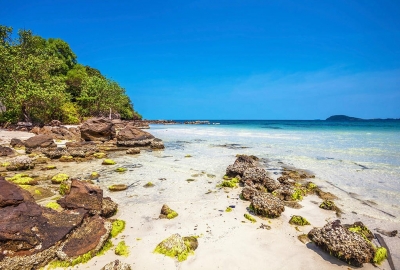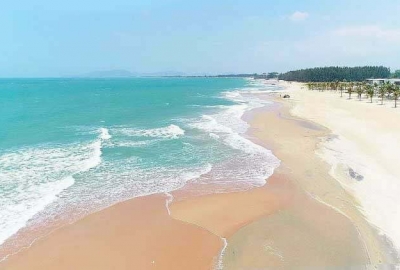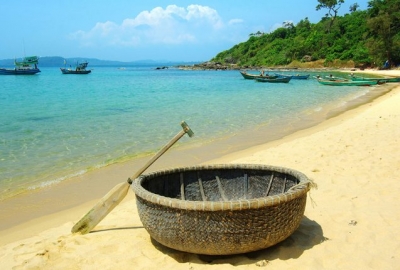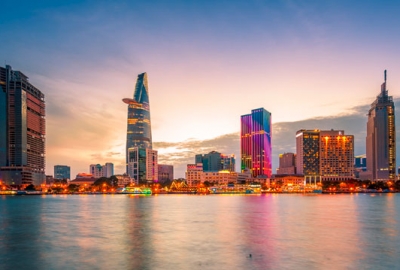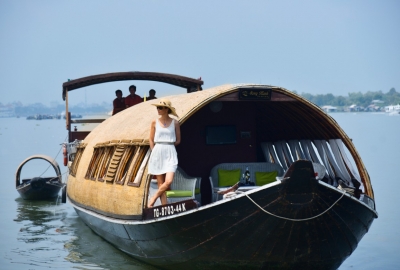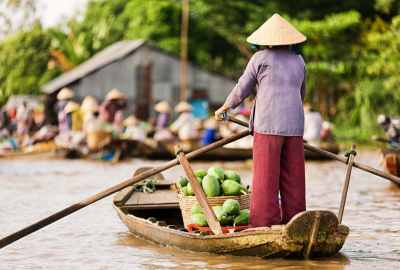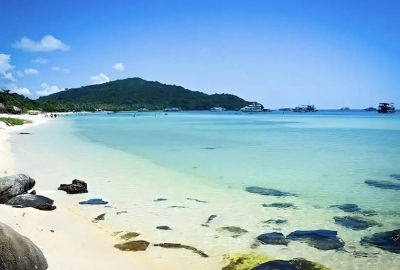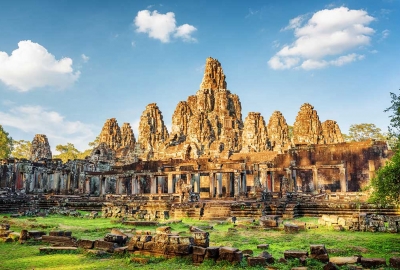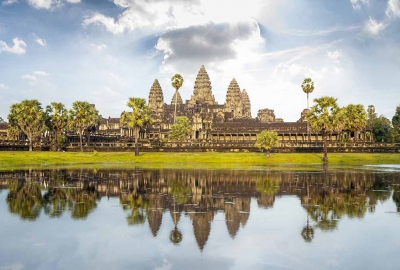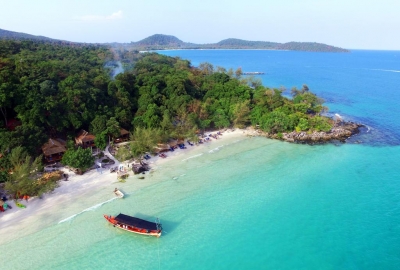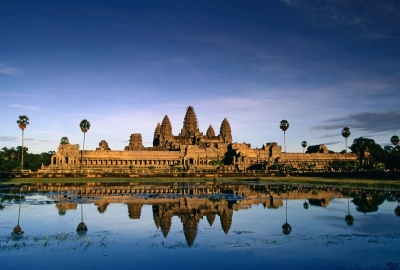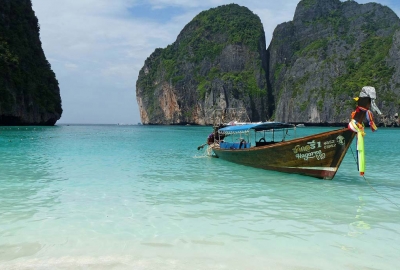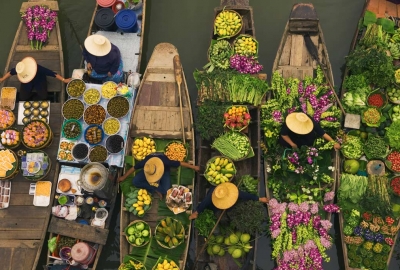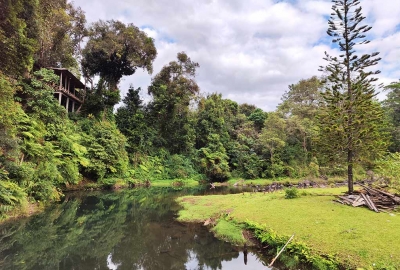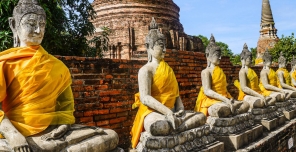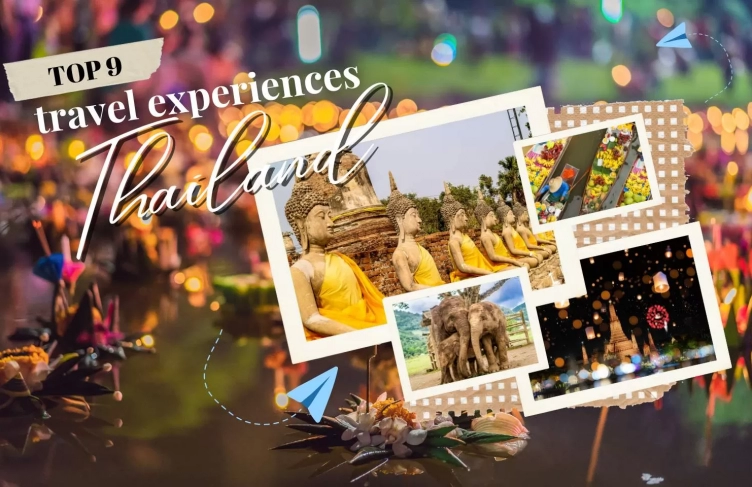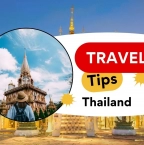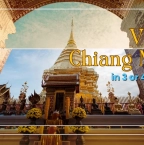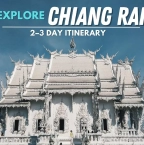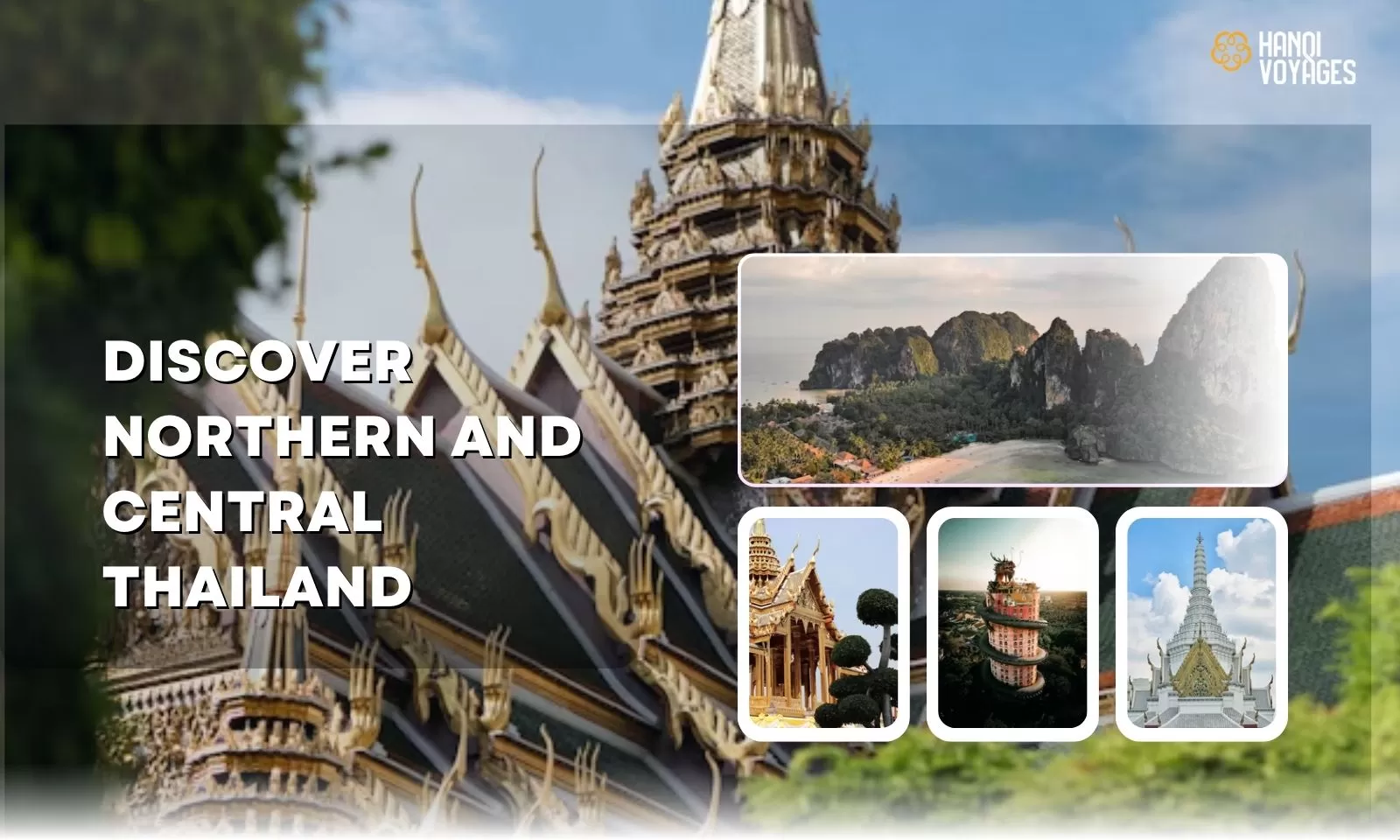
Discover Northern and Central Thailand: 2-week travel guide
Embark on a 2-week adventure through Northern and Central Thailand. This travel guide will help you explore the region’s must-see attractions, lively cities and local experiences, providing you with all the information needed for an exciting journey.

If you're looking for an incredible journey to explore the diverse beauty of Thailand, northern and central Thailand offer the perfect destination. From the ancient temples of Chiang Mai to the unique cultural sites of Ayutthaya, these areas promise an unforgettable travel experience. In this guide, we'll take you through a two-week adventure that lets you fully immerse yourself in the essence of this remarkable part of the country.
Plan your amazing trip today with Hanoi Voyages!
Table of Contents
Why choose Northern and Central Thailand for your trip?

Choosing Northern and Central Thailand gives you a balanced mix of modern cities, historical landmarks, and rural scenery - all in one trip. While Southern Thailand is known for beaches and tropical islands, the northern and central regions focus more on temples, old capitals, and cooler mountain areas.
In Central Thailand, explore Bangkok’s street markets and royal sites, Kanchanaburi’s wartime history, and Ayutthaya’s ancient ruins. Head north to discover Chiang Rai’s unique temples, Chiang Mai’s lively night markets, and Sukhothai’s quiet historical park. This combination allows you to see different sides of Thailand in one route, blending urban life with local traditions and scenic countryside.
Best time to visit Northern and Central Thailand
The best time to visit Northern and Central Thailand is from November to February, when the weather is cooler and drier compared to other times of the year. During these months, the temperature is generally comfortable, skies are clearer, and rainfall is minimal. This makes it easier to enjoy sightseeing, walking tours, and day trips without the discomfort of extreme heat or heavy showers. Travel during these months is more pleasant, especially in cities like Bangkok, Chiang Mai, and Sukhothai.
For travelers looking to avoid peak tourist crowds and still enjoy decent weather, the months of October and early March are good alternatives. These shoulder periods offer a quieter atmosphere while still being suitable for most travel activities across Thailand.
The best itineraries for two weeks in Northern and Central Thailand
Spending 14 days in Northern and Central Thailand gives you enough time to visit both well-known and lesser-known places without feeling rushed. This itinerary is divided into two parts, focusing first on central provinces before heading north in the second week.
Week 1: Discovering the highlights of Central Thailand
Central Thailand is home to the country’s capital and several historical cities. It’s a great place to start your journey, as public transportation is reliable and the roads are well-developed.
Bangkok
 Bangkok, Thailand’s bustling capital, is home to some of the country’s most iconic landmarks. Begin your journey by exploring the Grand Palace, an impressive architectural marvel that once served as the royal residence. Nearby, Wat Pho, known for the impressive Reclining Buddha, offers a peaceful contrast with its tranquil courtyards and historical significance.
Bangkok, Thailand’s bustling capital, is home to some of the country’s most iconic landmarks. Begin your journey by exploring the Grand Palace, an impressive architectural marvel that once served as the royal residence. Nearby, Wat Pho, known for the impressive Reclining Buddha, offers a peaceful contrast with its tranquil courtyards and historical significance.
Don’t miss Wat Arun, the Temple of Dawn, known for its intricate spires that reflect the beauty of the riverfront, especially at sunrise or sunset. Each of these landmarks captures a unique aspect of Thai culture and history.
Kanchanaburi
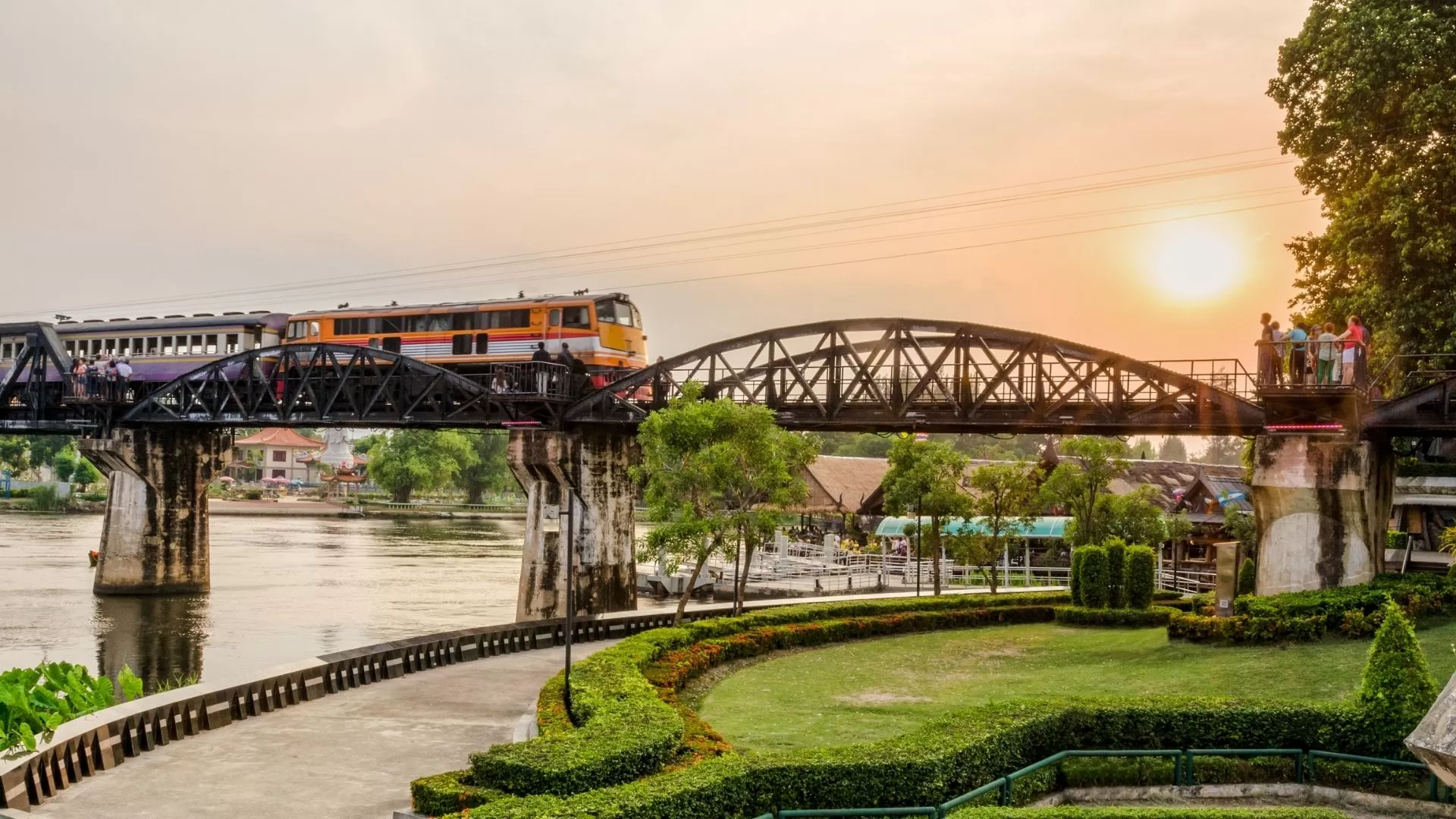
Located around three hours from Bangkok by car or train, Kanchanaburi offers a more relaxed pace. The main draw is the Bridge over the River Kwai, part of the historical Death Railway built during World War II.
Other places to visit include the Erawan National Park, which has a seven-tier waterfall, and the Hellfire Pass Memorial Museum. This area is suitable for travelers interested in historical landmarks and light outdoor activities.
Ayutthaya
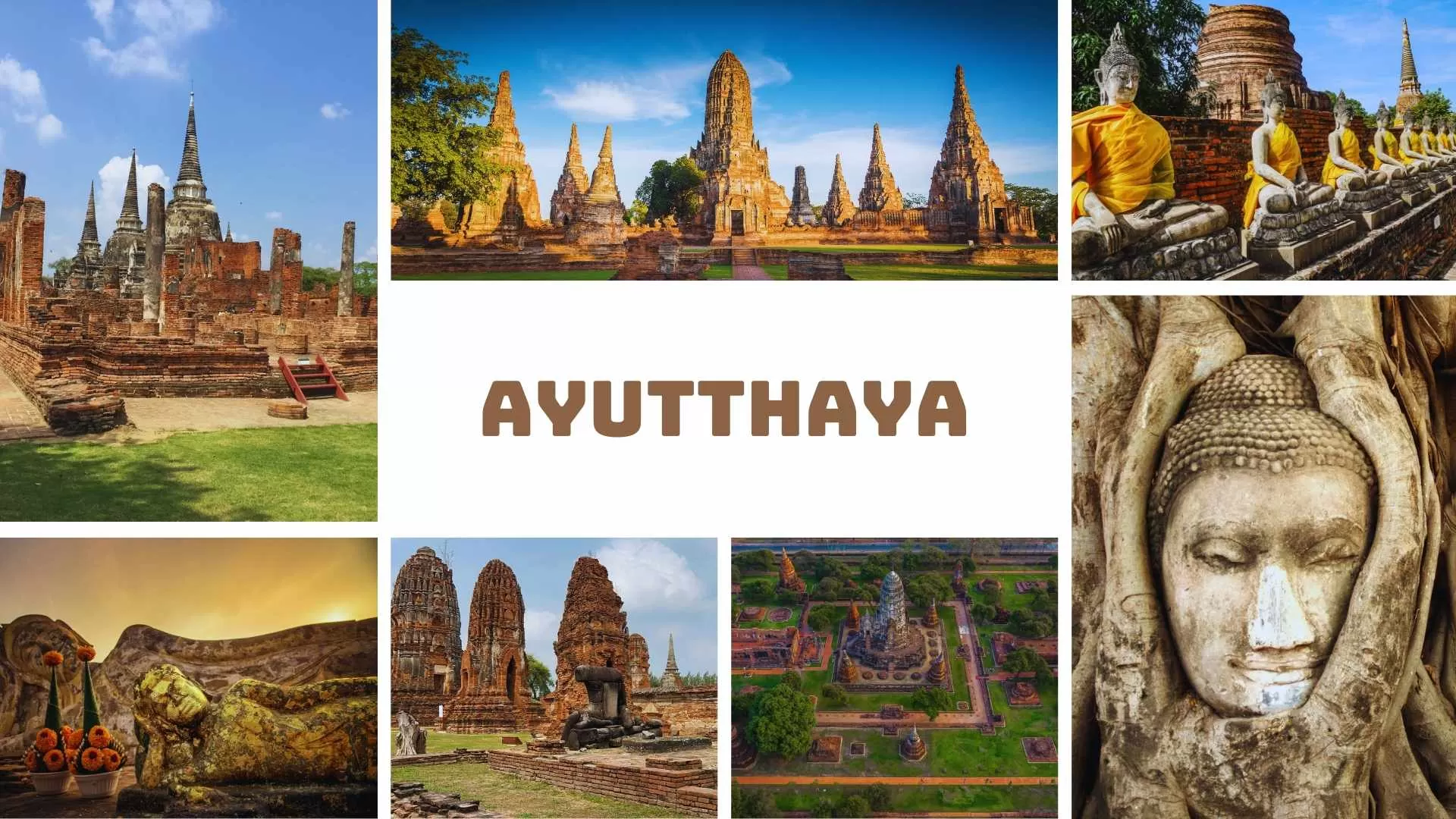
A short journey from Bangkok, Ayutthaya is a UNESCO World Heritage Site that offers a glimpse into Thailand’s rich history. Once the capital of the Siamese Kingdom, the city is filled with ancient temple ruins, including Wat Mahathat, where the famous Buddha head entwined in tree roots is located.
Wat Phra Si Sanphet and Wat Chaiwatthanaram are also must-visit sites. Exploring the historical park by bicycle or boat tour is a great way to take in the grandeur of this once-thriving kingdom.
👉 Note: It’s best to visit Ayutthaya early in the morning or late in the afternoon, as the midday heat can be intense. Renting a bicycle is a great way to explore the ruins at your own pace.
Samut Songkhram
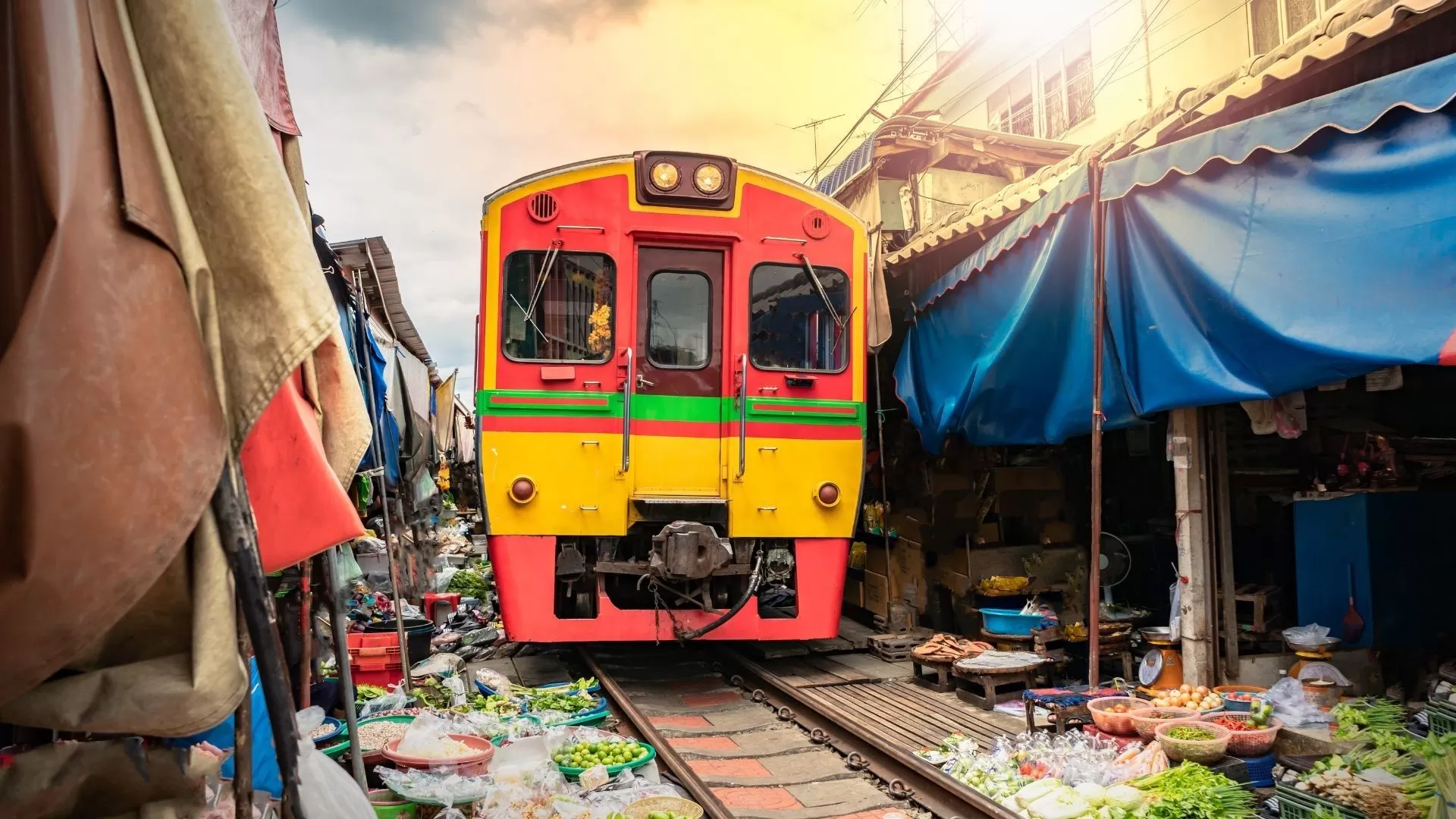 | 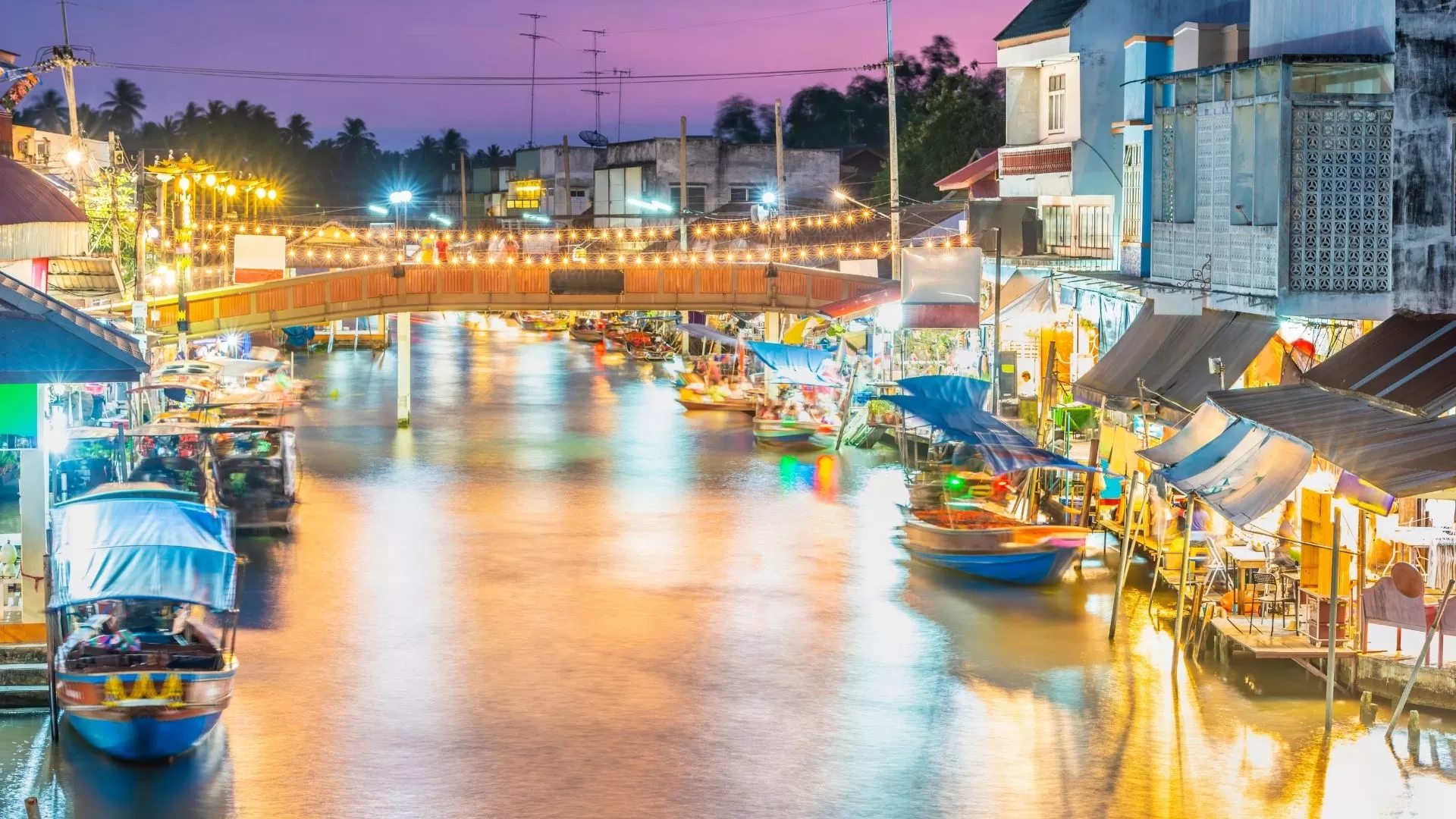 |
For a taste of local life, offers an interesting contrast to the larger cities. You can visit the Maeklong Railway Market, where vendors quickly move their goods when a train passes through. The Amphawa Floating Market is another key highlight, especially in the late afternoon.
This small province provides a look at riverside communities and traditional Thai food culture. It’s a nice stop before heading north.
👉 For more details: Traveling in Central Thailand: The ultimate travel guide
Week 2: Exploring the best of Northern Thailand
In the second week, you’ll travel to northern Thailand, a region known for its cooler climate and mountainous landscapes. The cities here are less crowded than Bangkok and offer different experiences.
Chiang Rai
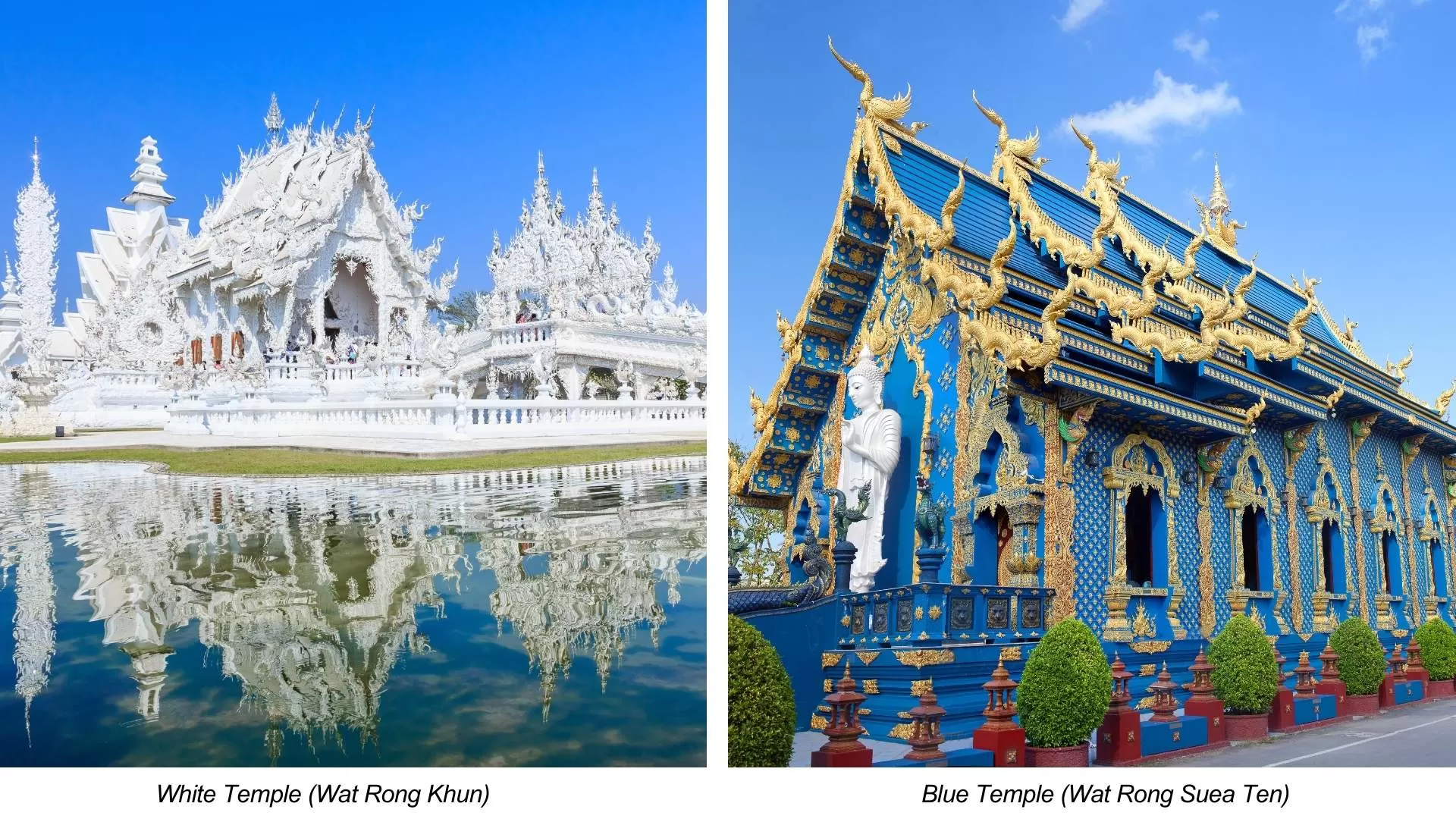
Chiang Rai is located near the borders with Laos and Myanmar. It’s most famous for the White Temple (Wat Rong Khun), a contemporary art temple created by a local artist. The temple’s white color and mirrored details make it unique among Thai temples.
Other attractions include the Blue Temple, the Black House Museum, and the Golden Triangle area. Chiang Rai is a good introduction to northern Thailand, especially for those arriving by plane or bus from Bangkok.
Chiang Mai
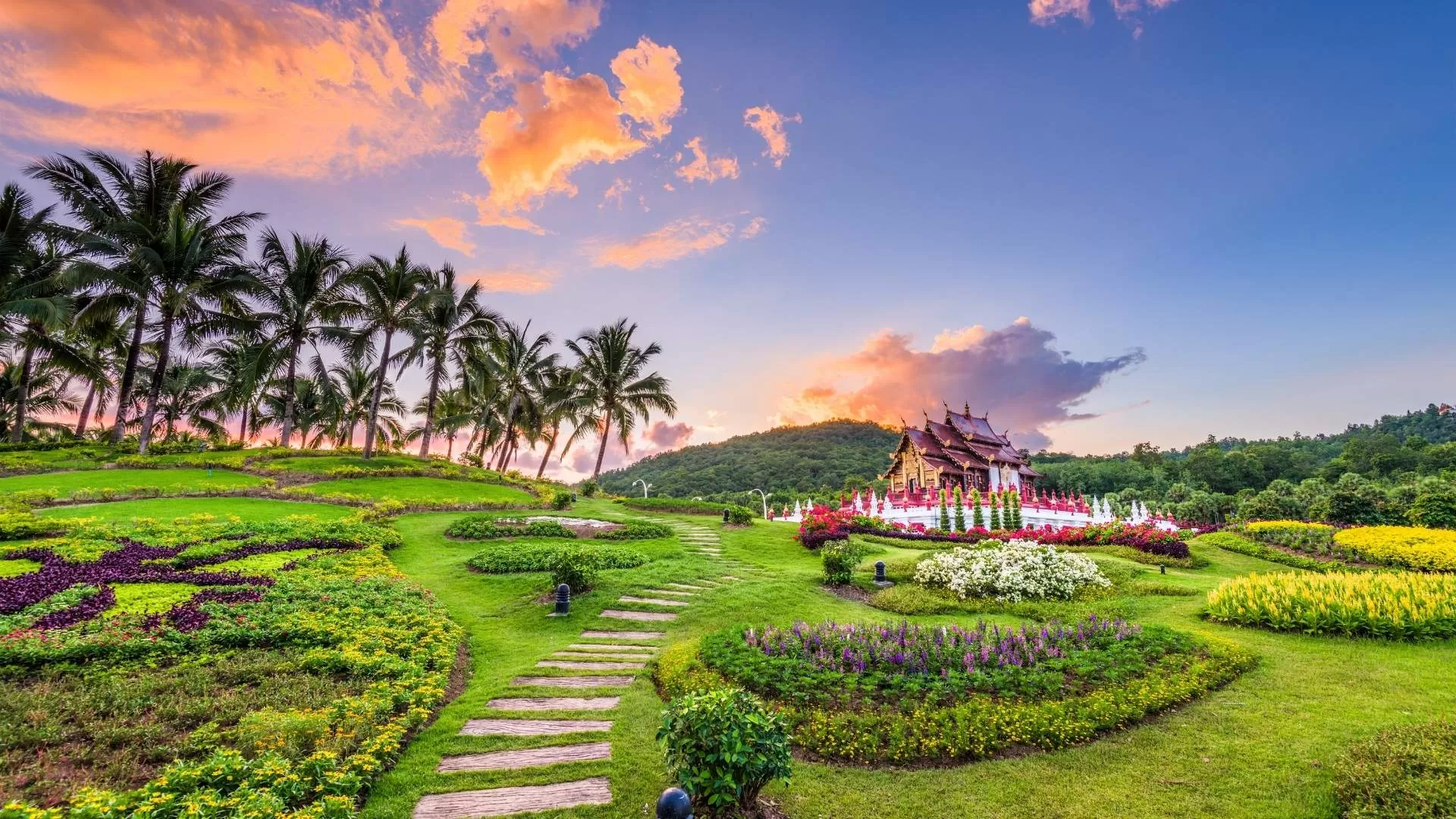
Nestled in northern Thailand, Chiang Mai is one of the top destinations in Thailand itinerary, especially during the famous Yi Peng Lantern Festival, where thousands of lanterns illuminate the night sky. Visitors can explore historic temples like Wat Phra That Doi Suthep, which offers attractive views from the mountaintop.
Visitors can go trekking in Doi Inthanon National Park to explore lush forests, scenic waterfalls, and the highest peak in Thailand. Those interested in wildlife conservation can visit an ethical elephant sanctuary just outside the city.
Lampang
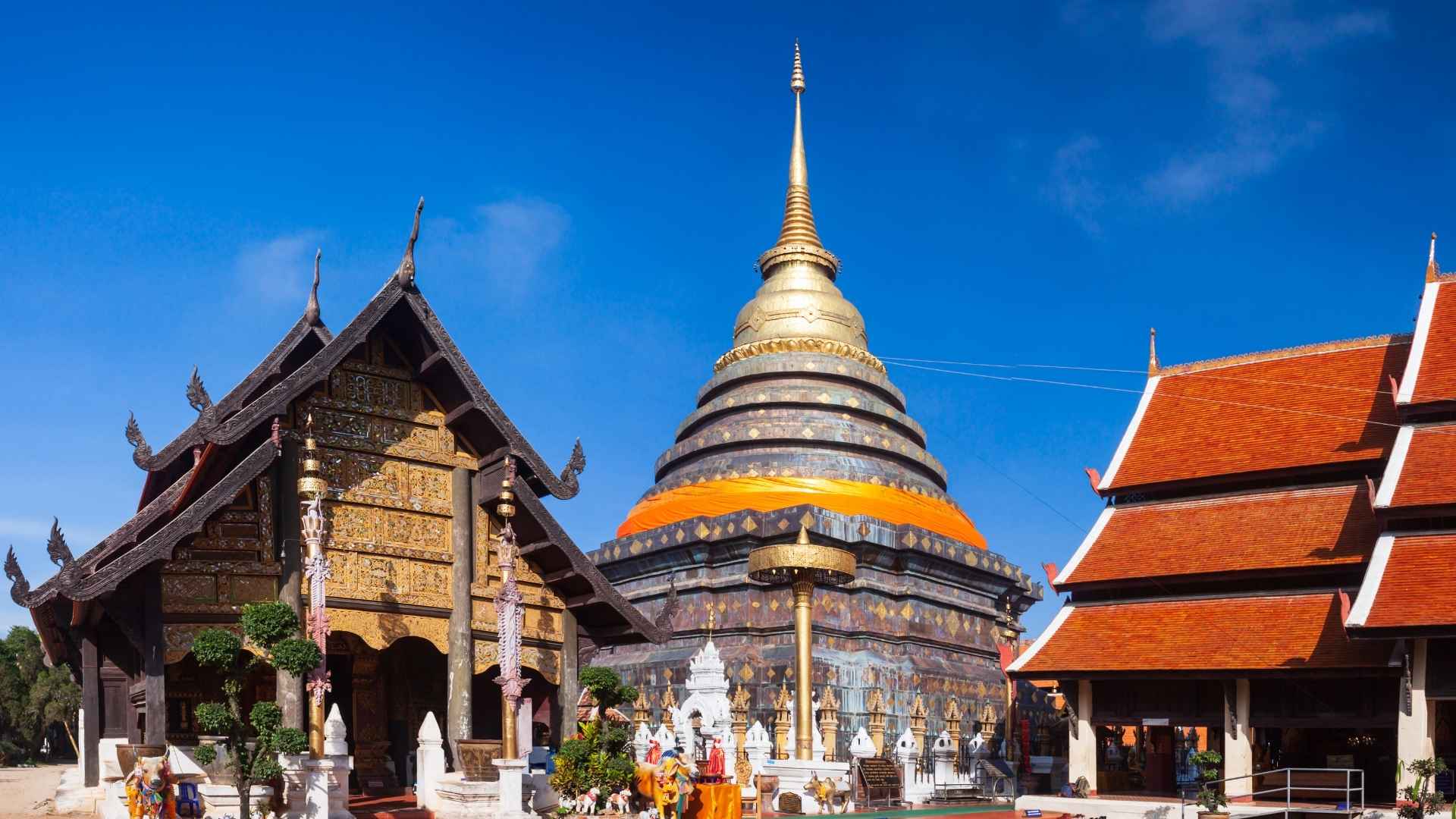
Lampang is a peaceful destination, ideal for those who want to avoid crowds. The city still maintains its traditional charm with horse-drawn carriages on the streets and old wooden houses along the river. It may not be very busy, but Lampang offers a calm place to relax between major travel stops.
The highlight here is Wat Phra That Lampang Luang – an old temple located on a small hill, known for its Lanna-style wooden architecture. The temple holds religious importance and is a good place to see traditional designs that remain well-preserved.
Sukhothai
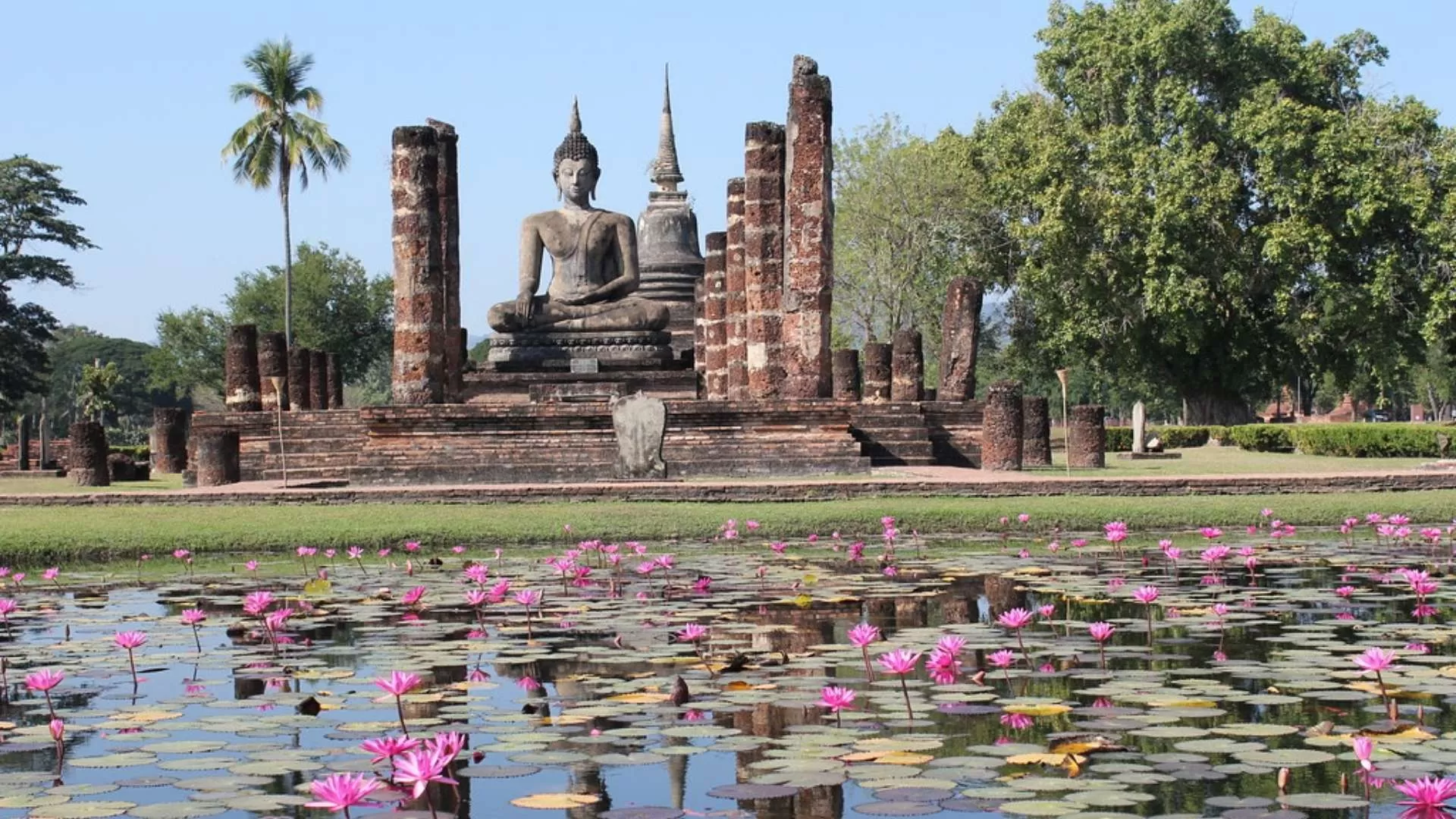
Sukhothai was the first capital of Thailand and still keeps many valuable ancient structures. The Sukhothai Historical Park is a wide area filled with old temples and Buddha statues built in the 13th and 14th centuries. The site is divided into zones and is easy to explore by bicycle.
Wat Mahathat is one of the largest and most well-known temples, while Wat Si Chum stands out with a giant seated Buddha inside a narrow stone frame. The surroundings are peaceful, especially in the early morning or late afternoon when the weather is more pleasant.
Hanoi Voyages offers Thailand tours for the best experience |
Planning a trip to Thailand can feel overwhelming with so many incredible places to visit and experiences to enjoy. That’s where Hanoi Voyages makes your journey meaningful and unforgettable.
If you want to explore Northern and Central Thailand on your private tour, Hanoi Voyages also offers tailor-made itineraries to create the perfect trip for you. Contact us now! |
Must-try cuisine in Thailand you shouldn’t miss
Food is an essential part of any trip, and the Thailand 2-week itinerary would not be complete without trying the country’s wide range of flavors. Thai cuisine combines fresh ingredients, bold seasonings, and well-balanced dishes. Each region offers its own specialties, making the journey more enjoyable for food lovers. Below are some of the must-try dishes you shouldn’t miss:
| 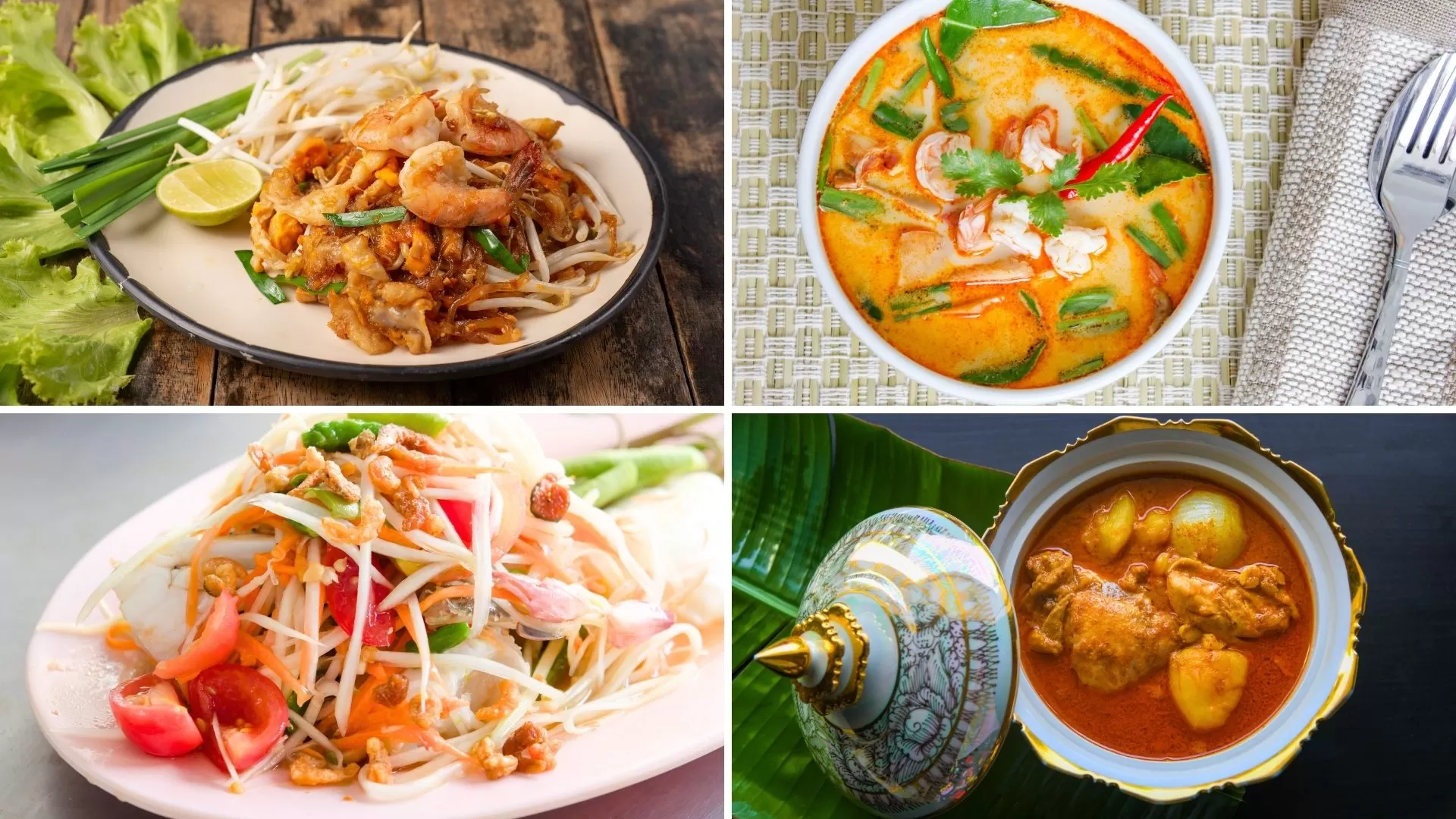 |
 |
Joining a food tour or cooking class can be a fun and educational way to experience Thai cuisine during your North and Central Thailand travel.
👉 For more details: Street food in Thailand: Top 9 dishes you shouldn't miss
Useful tips for the 2-week itinerary in Northern and Central Thailand
Before starting your journey, it’s useful to know some practical tips that will help make your experience smoother and more enjoyable across Thailand in 2 weeks.
Passport and visa requirements
Make sure your passport is valid for at least six months from your arrival date. Many travelers can enter Thailand without a visa for up to 30 days, depending on their nationality. If you're planning a longer stay or entering by land, check the latest visa rules before your trip.
Currency exchange
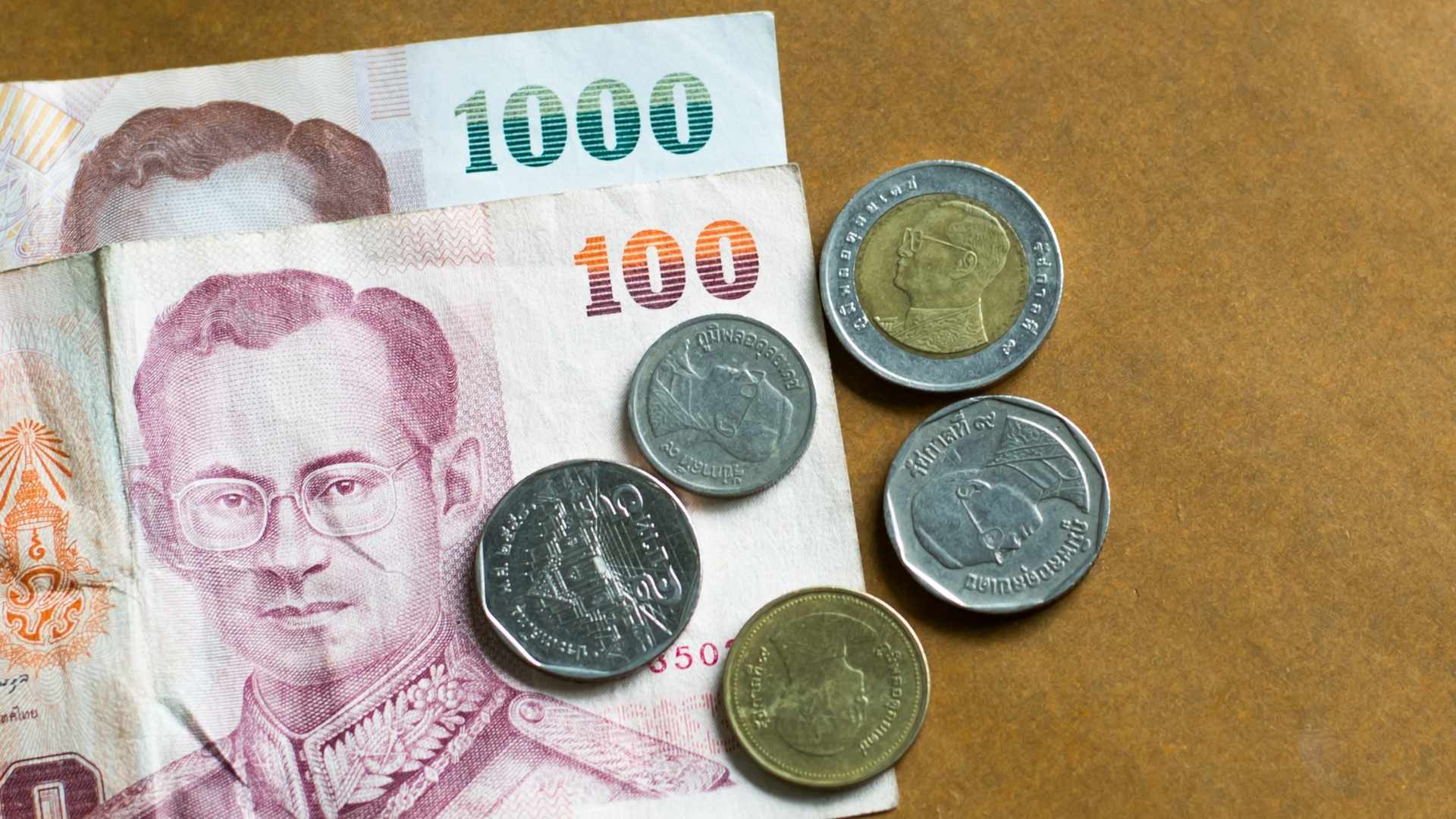
The local currency is the Thai baht (THB). You can exchange money at airports, banks, or authorized exchange booths in cities. ATMs are widely available, but inform your bank before traveling to avoid card blocks. It’s also good to carry some cash for small purchases in rural areas.
Cultural etiquette
Dress modestly when visiting temples - cover shoulders and knees. Take off your shoes before entering religious sites or homes. It’s also polite to avoid touching people’s heads and pointing your feet at others or religious images.
Staying safe during your trip
Both northern and central regions are generally safe for travelers. Still, it's smart to stay alert in busy areas like markets and transport hubs to avoid pickpocketing. Use official taxis or trusted ride apps. Keep digital and physical copies of your passport and travel documents.
Essential packing list
Pack lightweight clothes for the heat, but bring a light jacket for cooler mornings in the north or air-conditioned places. Include insect repellent, sunscreen, and a power adapter. If you plan to visit temples, pack outfits that meet dress requirements.
This 2-week Thailand journey blends city life, local traditions, and peaceful landscapes in a way that feels balanced and rewarding. With the right planning, you’ll have enough time to enjoy historical sites, local dishes, and regional highlights without feeling overwhelmed. Each stop adds something unique to the overall experience.
Let the memories begin - pack your bags and experience the charm of Northern and Central Thailand for yourself.
Dream about your trip to Asia, in private
We are here to make it happen with youFREE QUOTE, WITHOUT OBLIGATION






